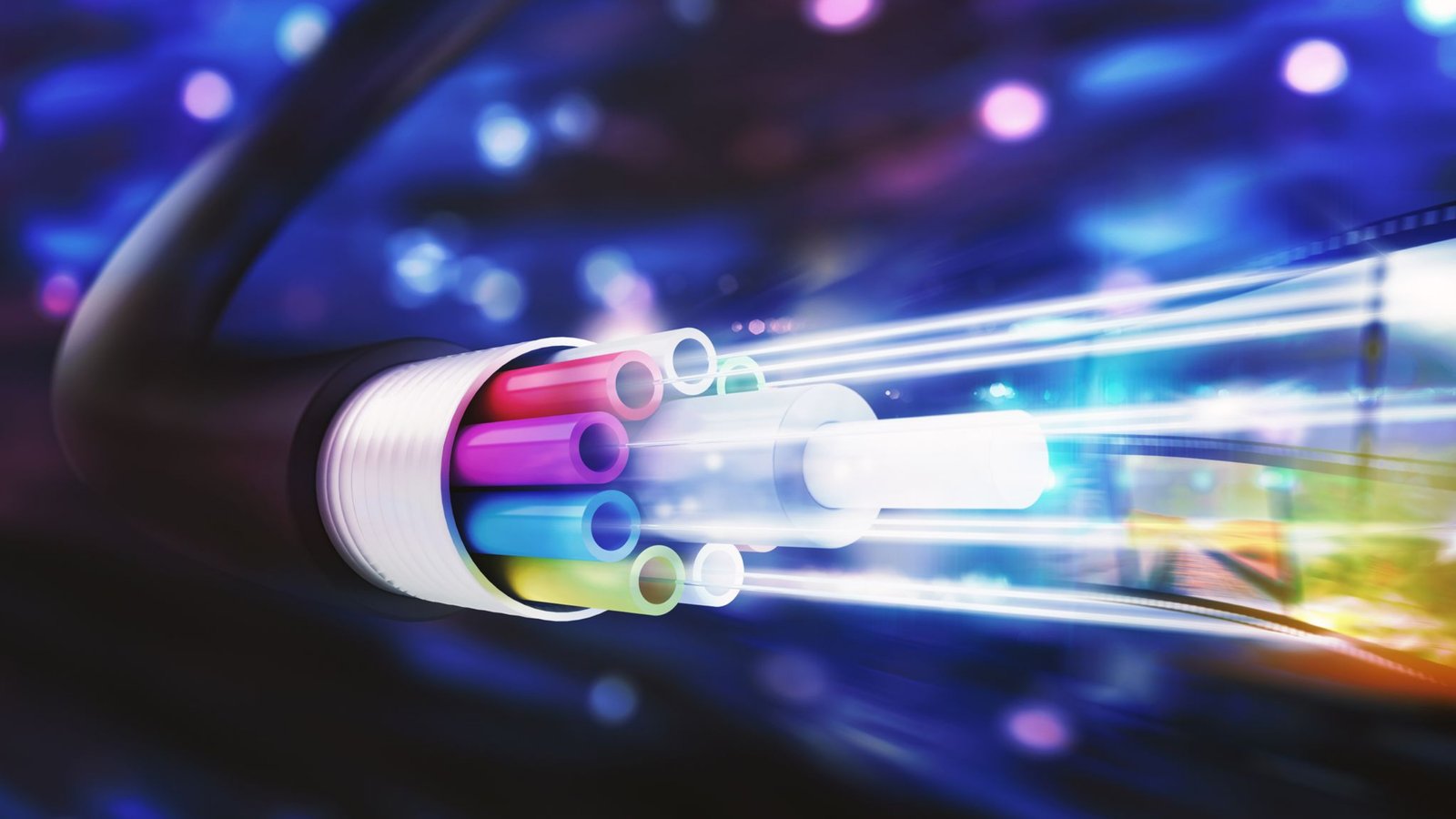In today’s hyper-connected world, Customer Premises Equipment (CPE) management is evolving rapidly, thanks to Artificial Intelligence (AI) and automation. As internet service providers (ISPs) and enterprises grapple with increasing network complexity, AI-driven solutions are stepping in to streamline operations, reduce downtime, and enhance customer experiences.
But how exactly is AI transforming CPE management? And why should businesses care? This article dives deep into the role of AI and automation in modern CPE management, exploring real-world applications, benefits, and future trends—all while keeping you engaged with actionable insights.
The Growing Complexity of CPE Management
CPE refers to devices like modems, routers, set-top boxes, and IoT gateways installed at a customer’s location. Managing these devices at scale has always been challenging due to:
- Remote troubleshooting difficulties
- Firmware and software updates
- Security vulnerabilities
- Performance optimization needs
Traditional manual management methods are no longer sustainable. Enter AI and automation—game-changers that are redefining efficiency in CPE management.
How AI and Automation Are Revolutionizing CPE Management
1. Predictive Maintenance and Anomaly Detection
AI-powered systems analyze historical and real-time data to predict potential failures before they occur. Machine learning (ML) models detect unusual patterns—such as overheating, bandwidth drops, or latency spikes—and trigger automated fixes or alerts for technicians.
Example:
- An AI system identifies a router in a customer’s home that frequently reboots due to overheating.
- It automatically adjusts fan speeds or schedules a technician visit before a complete failure occurs.
2. Automated Firmware and Configuration Updates
Keeping thousands of CPE devices updated manually is a nightmare. AI-driven automation ensures:
- Seamless rollouts of firmware updates without disrupting service.
- Smart scheduling (e.g., updating devices during low-traffic hours).
- Rollback mechanisms if an update causes issues.
Result: Fewer service disruptions, enhanced security, and reduced manual workload.
3. Intelligent Troubleshooting and Self-Healing Networks
AI-powered chatbots and virtual assistants can now:
- Diagnose common CPE issues (e.g., Wi-Fi signal drops, connectivity problems).
- Guide users through self-fix steps.
- Escalate complex cases to human agents with detailed diagnostics.
Bonus: Natural Language Processing (NLP) allows customers to describe issues in plain language, making support interactions smoother.
4. Enhanced Security with AI-Driven Threat Detection
Cyber threats targeting CPE devices (e.g., DDoS attacks, malware) are rising. AI helps by:
- Detecting unusual traffic patterns (e.g., sudden spikes in data requests).
- Automatically blocking suspicious IPs.
- Providing real-time alerts for zero-day vulnerabilities.
Case Study:
A major ISP reduced security breaches by 40% after deploying AI-based anomaly detection across its CPE infrastructure.
5. Dynamic Bandwidth Optimization
AI analyzes network traffic in real-time to:
- Allocate bandwidth efficiently (prioritizing video calls over downloads, for example).
- Adjust Quality of Service (QoS) settings automatically.
- Predict peak usage times and optimize resources accordingly.
Impact: Smoother streaming, gaming, and VoIP experiences for end-users.
The Business Benefits of AI-Driven CPE Management
Adopting AI and automation in CPE management isn’t just about cutting-edge tech—it delivers tangible business advantages:
✅ Reduced Operational Costs – Fewer truck rolls, less manual intervention.
✅ Improved Customer Satisfaction – Faster resolutions, fewer outages.
✅ Scalability – Manage millions of devices effortlessly.
✅ Proactive Issue Resolution – Fix problems before customers notice.
✅ Data-Driven Decision Making – AI insights help optimize network investments.
Challenges and Considerations
While AI in CPE management is transformative, businesses must address:
🔹 Data Privacy Concerns – Ensuring AI models comply with GDPR and other regulations.
🔹 Integration Complexity – Legacy systems may need upgrades to support AI tools.
🔹 Initial Investment Costs – AI deployment requires upfront spending (but pays off long-term).
The Future of AI in CPE Management
The next wave of innovation includes:
🚀 AI-Powered Edge Computing – Faster decision-making at the device level.
🚀 5G and AI Synergy – Ultra-low latency and smarter network slicing.
🚀 Generative AI for Support – More intuitive, human-like customer interactions.
Final Thoughts: Is Your CPE Management Ready for AI?
AI and automation aren’t just buzzwords—they’re essential tools for modern CPE management. Businesses that embrace these technologies will lead in efficiency, security, and customer satisfaction.
Key Takeaway: The future of CPE management is autonomous, intelligent, and proactive—thanks to AI.
